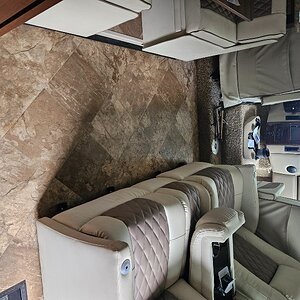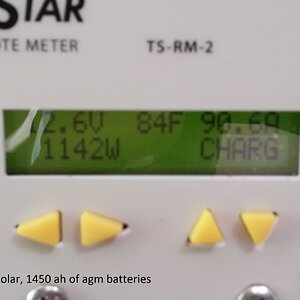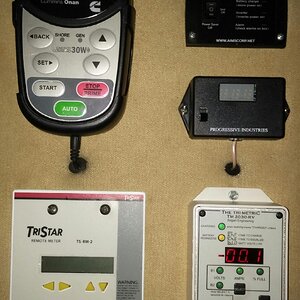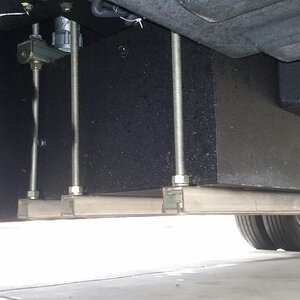turbopilot
RVF Supporter
- Joined
- Nov 2, 2019
- Messages
- 677
- Location
- Prescott, AZ
- RV Year
- 2026
- RV Make
- LightShip
- RV Model
- AE.1 Cosmos
- RV Length
- 26
- Engine
- Electric
- TOW/TOAD
- 2025 Ford F-150 PowerBoost HEV
- Fulltimer
- No
Coming from a prior Mercedes-Benz Sprinter Class C I was very paranoid about weight. No 4 corner weight yet, but I was quite happy to see at a CAT Scales weigh in just after topping off fuel with full fuel and full fresh water, weight on the tow hitch, both driver and passenger in place, and a fully loaded rig (inside and in the basement) I had plenty of room to spare on both front and rear axles. Yay!
I am on the Spartan Chasis. Will get 4 corner weight at next RV show to see what I should move around underneath if I need better balance.
Best,
-Mark
That is good news. So that heavy engine is worth more than just more torque.














